In the constantly evolving landscape of career progression, the synergy between LinkedIn and traditional resumes stands out as a potent combination for achieving remarkable professional success. Gone are the days when a one-page resume was the sole portal for displaying one’s skills and experiences. In today’s digital era, LinkedIn has emerged as a dynamic companion, expanding opportunities and elevating your personal brand to new heights.
Consider this: LinkedIn, boasting 774 million users globally, transcends being merely a platform; it is a robust networking powerhouse. As professionals connect, share insights, and engage on this social network, their profiles metamorphose into living, breathing representations of their professional journey. While a resume encapsulates your work history, LinkedIn paints a more comprehensive picture by enabling you to showcase projects, garner recommendations, and secure endorsements – tangible proof of your skills and competencies.
Now, let’s delve into the realm of LinkedIn and resumes to explore how they complement one another and how harnessing their combined potential can open doors to unparalleled professional success. From crafting an attention-grabbing LinkedIn profile to aligning it seamlessly with your resume, we will delve into strategies and real-world success stories that underscore the significance of this dynamic partnership in today’s fiercely competitive job market. Whether you are an experienced professional or embarking on your career journey, grasping the symbiotic relationship between LinkedIn and resumes is paramount for maintaining your competitive edge. So, let us embark on this journey together, where the amalgamation of traditional and modern tools will pave the way to your professional triumph.
The Importance of Resumes
Your resume plays a pivotal role as your initial introduction, your gateway, and the cornerstone of your professional narrative. In our increasingly digital world, the value of a well-crafted resume cannot be overstated. It condenses your career history into a concise document, serving as a navigational guide for hiring managers and recruiters to rapidly evaluate your qualifications.
With the rise of LinkedIn, you might wonder whether the traditional resume remains relevant. The answer is a resounding “yes,” and here’s why:
- Standardized Information: Resumes adhere to a standardized format for presenting qualifications. Hiring professionals are well-versed in scanning resumes for critical details such as work experience, education, and skills. This familiarity streamlines their initial evaluation process.
- Tailored Targeting: Resumes can be customized for specific job applications, allowing you to emphasize skills and experiences most pertinent to a particular role. This level of customization is not as easily achieved through a LinkedIn profile.
- Offline Accessibility: Resumes can be conveniently shared in a physical format, making them suitable for interviews, job fairs, and networking events. You don’t rely on an internet connection or digital device to present your resume.
- Applicant Tracking Systems (ATS): Many companies employ ATS to screen resumes. Optimizing your resume for ATS, incorporating relevant keywords and a well-structured format, enhances your chances of passing the initial screening.
- Privacy and Control: Unlike LinkedIn profiles, which are public, your resume provides a measure of privacy and control over who can access your professional history. You can decide when and to whom you share your resume.
For instance, when applying for positions in highly regulated industries where specific qualifications are mandatory, a well-organized resume becomes the linchpin. It conveys your compliance with industry standards and the requisite skills for the job.
In this dynamic interplay between LinkedIn and resumes, the latter stands as a concise, focused document that underscores your suitability for a particular role. The strategic utilization of both, as we will further explore, establishes a harmonious partnership that can significantly influence your professional journey. Now, let’s proceed to understand how LinkedIn complements the resume, forging a symbiotic relationship that leads to unparalleled success in today’s competitive job market.
Bridging the Gap: How LinkedIn and Resumes Complement Each Other
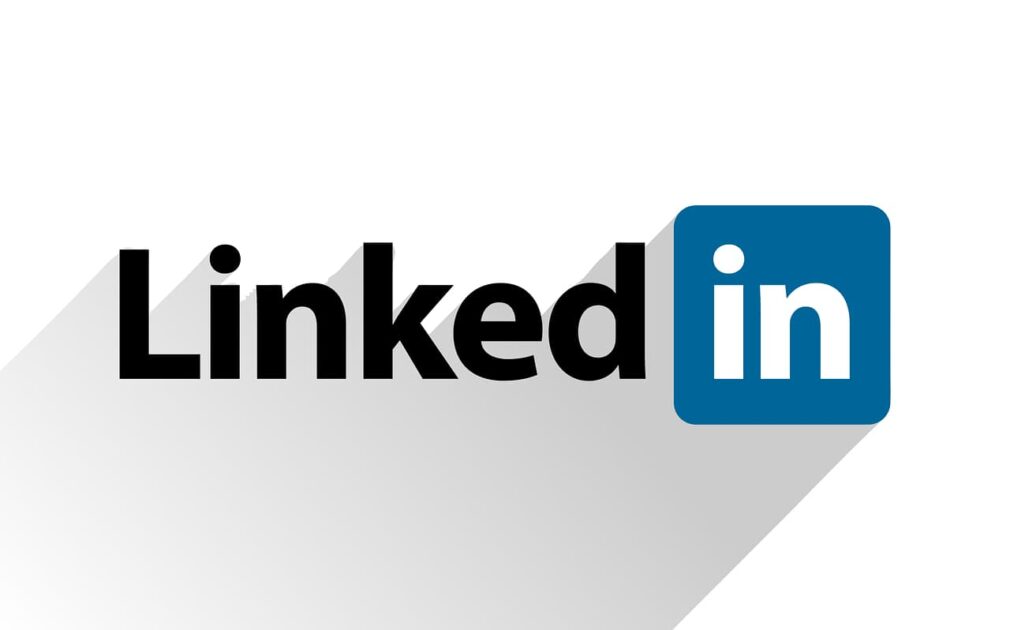
In the realm of professional achievement, the harmonious combination of LinkedIn and resumes forges a compelling partnership that bridges the traditional and contemporary facets of career development. These components fit seamlessly together, weaving a narrative that encapsulates your professional journey. But how do these two vital elements complement each other? Let’s delve into the intricacies.
LinkedIn: The Dynamic Portfolio
LinkedIn serves as your dynamic, real-time portfolio, illustrating the ongoing narrative of your career. Here, you can paint the picture of your professional journey, showcasing current projects, garnering endorsements from colleagues, and securing recommendations from supervisors. It’s the platform where you connect, engage, and expand your network, broadening your professional horizons.
Resumes: The Essence of Expertise
On the other hand, your resume encapsulates the distilled essence of your professional identity. It offers a snapshot of your qualifications, skills, and experiences, thoughtfully tailored for specific job applications. This structured document provides a standardized view that recruiters can quickly scan, often making it the first point of reference in the hiring process.
Synergy in Job Applications
Consider this scenario: You discover your dream job on a company’s website. What’s the next step? You submit your resume. However, it’s highly likely that the hiring manager will also explore your LinkedIn profile. This consistency in information between the two platforms reinforces the key points presented in your resume, leaving a strong, lasting impression.
Networking and Outreach
While LinkedIn excels at fostering digital connections, your resume takes center stage at in-person events like conferences and networking gatherings. It serves as a tangible handout that encapsulates your professional highlights, making it an excellent conversation starter that complements the digital relationship building on LinkedIn.
Online Visibility
In today’s digital age, online visibility is paramount. An optimized LinkedIn profile increases your visibility to recruiters and employers actively searching for specific skills. Moreover, when your resume is uploaded or shared online, it enhances your digital presence, further reinforcing your professional image.
The dynamic partnership of LinkedIn and resumes is a transformative strategy. It’s not a question of “either-or” but a harmonious “both-and” approach to achieving career success. LinkedIn breathes life into your narrative, while the resume distills your expertise into a succinct format. Together, they offer a holistic view of your professional journey, enabling you to stand out in the fiercely competitive job market.
As we continue our exploration, we’ll delve deeper into strategies that empower you to maximize this potent alliance, ensuring your professional success reaches new heights. Let’s navigate this synergy and unlock the doors to your triumphant career journey.
Tips for Maximizing Your Professional Impact
- Alignment and Consistency: To leave a lasting impression, it’s crucial to maintain consistency between your LinkedIn profile and resume. Ensure they reflect your key skills, experiences, and accomplishments to bolster your professional image.
- Captivating Headline: Elevate your LinkedIn headline beyond a mere job title. Craft it to showcase your expertise and unique value proposition. For example, consider “Data Scientist | AI Enthusiast | Transforming Insights into Action.”
- Vital Action Language: When narrating your achievements, employ action verbs that convey your direct impact. Instead of passive phrases like “responsible for,” opt for active terms like “led” or “achieved.” This choice infuses vitality into your professional narrative.
- Keyword Optimization: Research and incorporate industry-specific keywords into both your LinkedIn profile and resume to enhance your discoverability. Tailor them to match the specific job description with each application.
- Endorsements and Recommendations: Request recommendations from colleagues and supervisors on LinkedIn. These authentic endorsements serve as social proof of your skills and make a strong impression on potential employers.
- Customized Resumes: Tailor your resume meticulously for each job application. Emphasize the skills and experiences most relevant to the role, showcasing your commitment and suitability for the position.
- Quantify Achievements: Whenever possible, bolster your accomplishments with quantifiable metrics. For instance, “Achieved a 30% increase in Q3 sales” holds more impact than a vague “Improved sales.”
- Active Engagement on LinkedIn: Actively participate on LinkedIn by sharing pertinent articles, engaging in discussions, and connecting with fellow professionals in your field. This not only enhances your visibility but also bolsters your professional credibility.
- Professional Profile Picture: Your LinkedIn profile picture should exude professionalism. A high-quality image significantly boosts your credibility and approachability.
- Rigorous Proofreading and Editing: Mistakes on your resume or LinkedIn profile can be detrimental. Be meticulous in proofreading and editing to ensure accuracy, grammar, and consistency.
By implementing these strategies, you can unlock the full potential of the LinkedIn and resume dynamic duo, ensuring that your professional impact is not only memorable but also highly effective.
Common Pitfalls to Avoid
- LinkedIn Profile Neglect: It’s essential to keep your LinkedIn profile current to avoid questions about your commitment. Regular updates, featuring new skills, experiences, and achievements, are key to presenting an engaged professional image.
- Resume Overload: While detailed information is crucial on your resume, an excessive amount of details can overwhelm the reader. Prioritize recent and relevant experiences and achievements for clarity and conciseness.
- Consistency is Key: Ensure harmony between your LinkedIn profile and resume. Matching job titles, dates, and descriptions across both platforms is vital to avoid red flags and potential employer doubt.
- Headline Impact: A generic LinkedIn headline, like “Experienced Professional,” doesn’t capture attention. Craft a unique headline that highlights your expertise and what distinguishes you in your field.
- Unleash LinkedIn’s Networking Potential: LinkedIn offers powerful networking opportunities that some professionals overlook. Engage in meaningful conversations, connect with industry peers, and participate in relevant groups to broaden your network and opportunities.
- Unlock the Summary Section: The LinkedIn summary section is often underutilized. Craft a compelling summary that offers a comprehensive view of your professional journey and aspirations, leaving a memorable impression.
- Relevance Matters: Consistently sharing irrelevant or unprofessional content on LinkedIn can harm your reputation. Be discerning in your posts to ensure they align with your professional image.
- Highlight Key Achievements: Your resume should showcase significant achievements that demonstrate your impact in previous roles. Omitting these can weaken your candidacy.
- Endorsements and Recommendations: Recommendations on LinkedIn offer social proof of your skills and character. Collect endorsements from colleagues and mentors as they hold substantial value.
- Personalization is Key: Sending generic resumes and LinkedIn connection requests to every opportunity can be perceived as disinterest. Tailor your communications and documents to convey your genuine interest in the specific role or connection.
By vigilantly avoiding these common pitfalls, you can maintain a robust and consistent professional presence across LinkedIn and your resume. Proactivity in addressing these challenges enhances your capacity to leverage this dynamic duo for professional success.
Conclusion
In conclusion, the fusion of LinkedIn and resumes stands as an essential blueprint for achieving professional excellence. When these two elements work in seamless tandem, they generate a potent synergy that not only elevates your professional image but also broadens your horizons for success. By steering clear of common stumbling blocks and harnessing the unique strengths of each platform, you’ll unlock the full extent of your influence and distinguish yourself in a fiercely competitive job market. Embrace this dynamic partnership as your guiding compass to access the gateway to your triumphant career journey.
FAQ
Is it necessary to use both LinkedIn and a resume for job applications?
Absolutely. Your resume serves as the initial snapshot of your qualifications, while LinkedIn provides a more comprehensive view of your professional journey. The combination of both is highly effective.
How frequently should I update my LinkedIn profile?
Regular updates are essential. Aim to refresh your profile whenever you accomplish significant milestones, acquire new skills, or transition to new roles. Keeping it up-to-date demonstrates your ongoing engagement.
Should I include a professional photo on my LinkedIn profile?
Yes, a professional photo enhances your credibility. It’s the first visual impression you make, so select a high-quality image that reflects your professionalism.
What’s the recommended length for a resume?
In most scenarios, a resume should be one to two pages. Maintain conciseness and focus on the most pertinent information for the specific job you’re applying for.
How can I ensure consistency between my LinkedIn profile and resume?
To prevent inconsistencies, make sure that job titles, dates, and descriptions match on both platforms. Regularly review and update them to maintain uniformity.





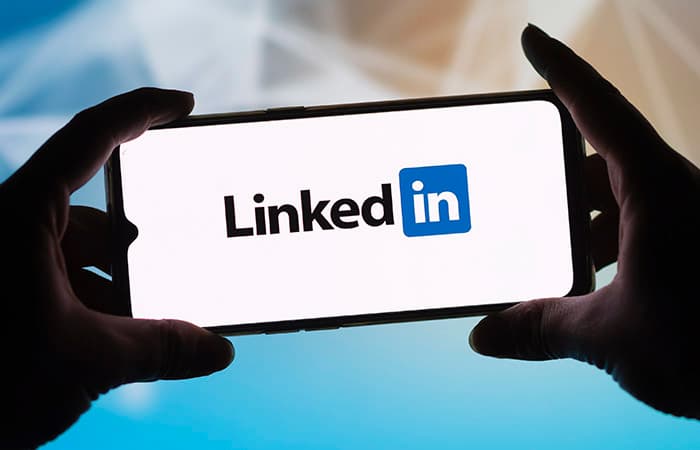



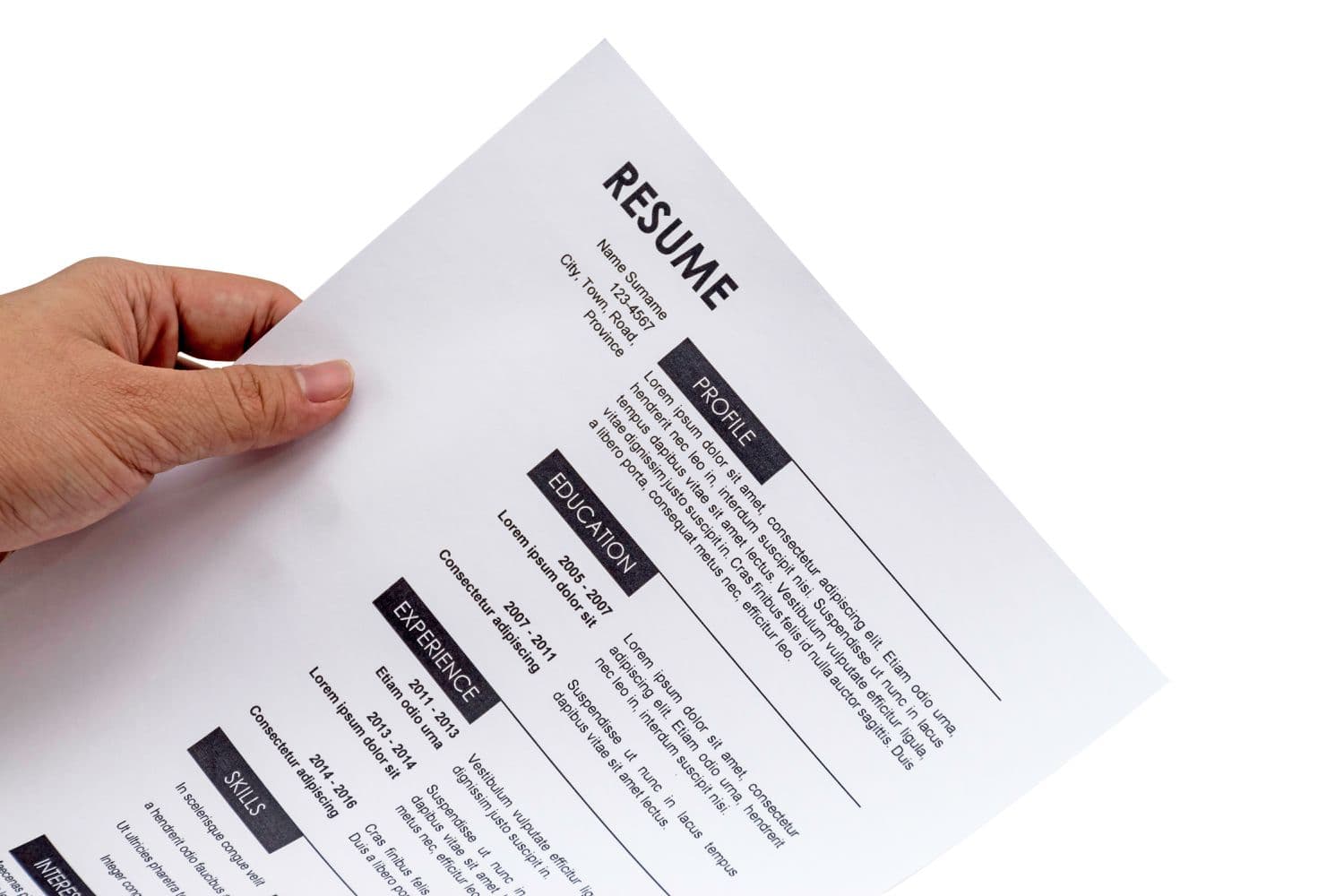








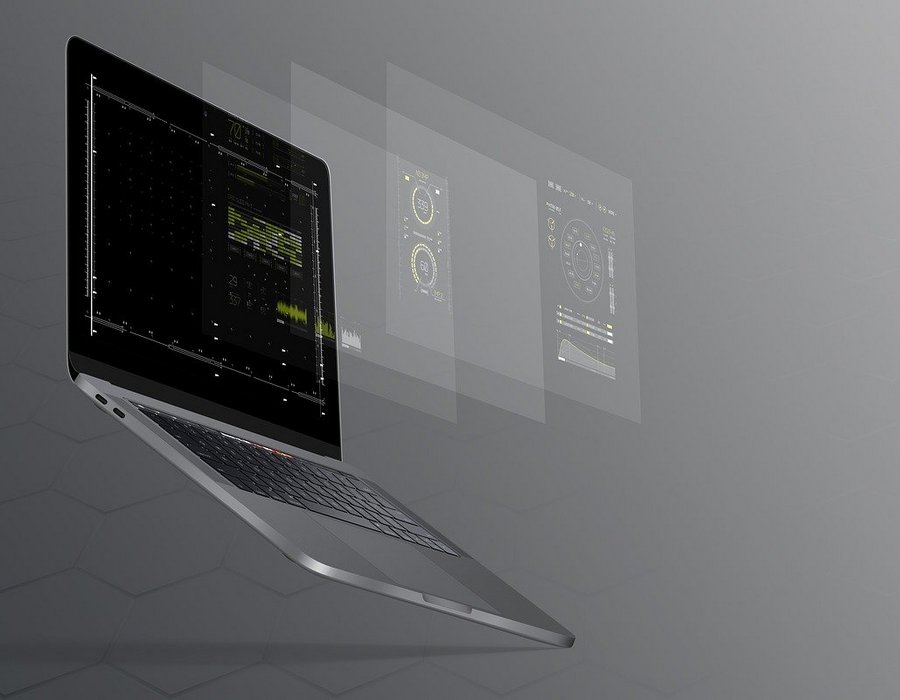
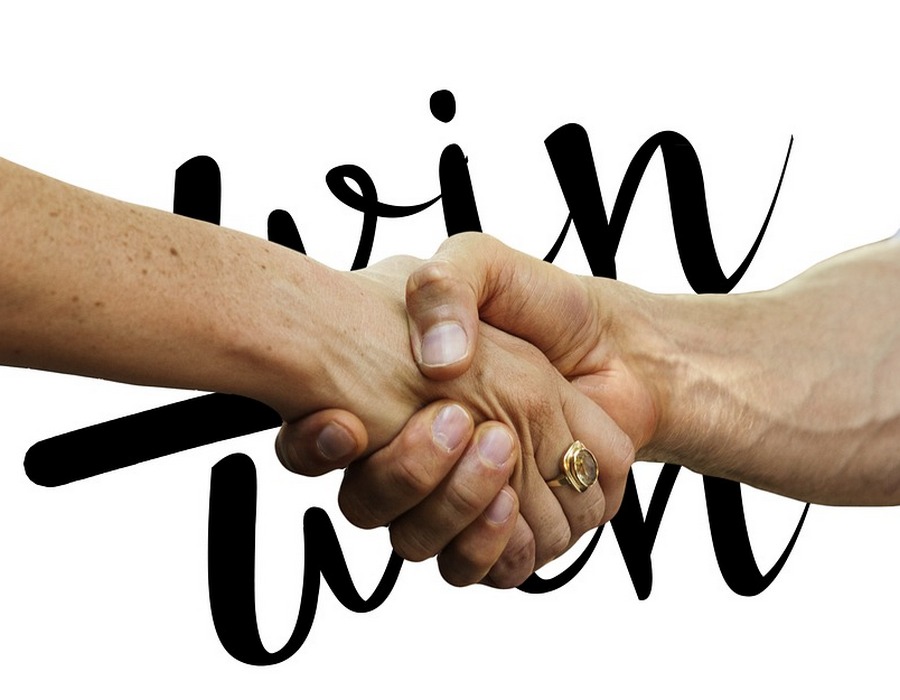





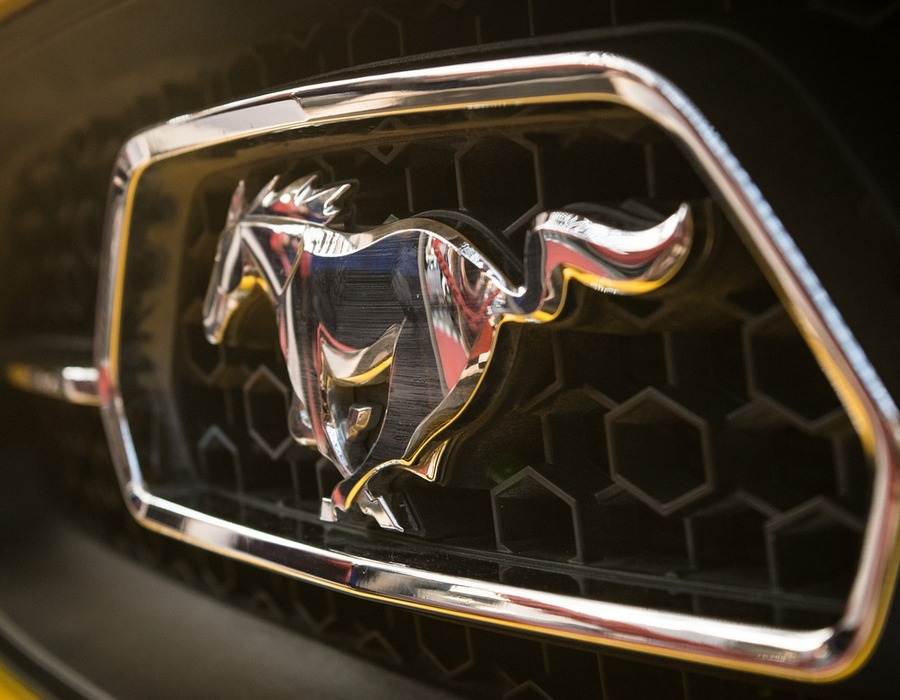




0